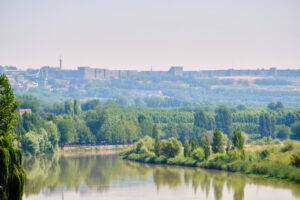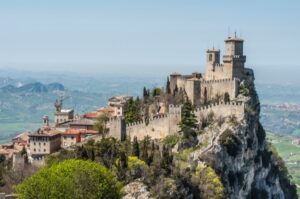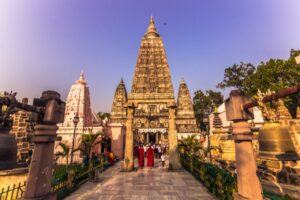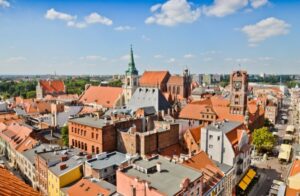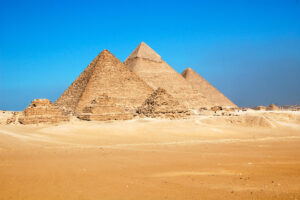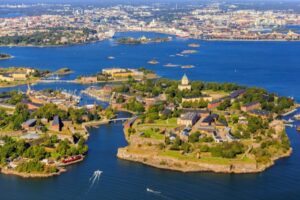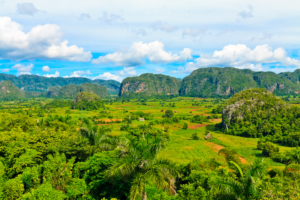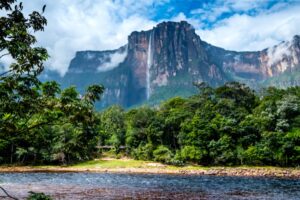| Registration Classification | cultural heritage |
| Registration Criteria | (4) |
| Year of registration | 2015 |
Located in the upper reaches of the Tigris River, which gave birth to the world’s four great civilizations, Diyarbakır was a prosperous city from Roman to Ottoman times.The city walls surrounding the city are approximately 5.8 km long. The surrounding Hevsel Garden, which was the foundation of life for the people of Diyarbakır, is also registered as a cultural landscape.
Here, a World Heritage enthusiast explains why the Diyarbakır Fortress and Hevsel Gardens Cultural Landscape is a World Heritage Site in an easy-to-understand manner. Read this and you will definitely learn more about Diyarbakır.
What is the Diyarbakır Fortress and Hevsel Gardens Cultural Landscape?
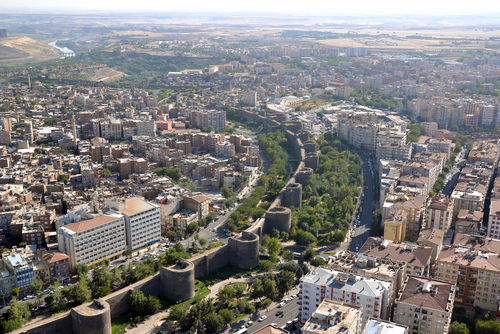
Diyarbakır is a historic city in southeastern Turkey, once called “Amida”. It is included in the “Fertile Crescent,” an area where many civilizations flourished, and it is believed to have already been settled in the Neolithic period.And from the Roman to the Ottoman period, it flourished as a center of trade.
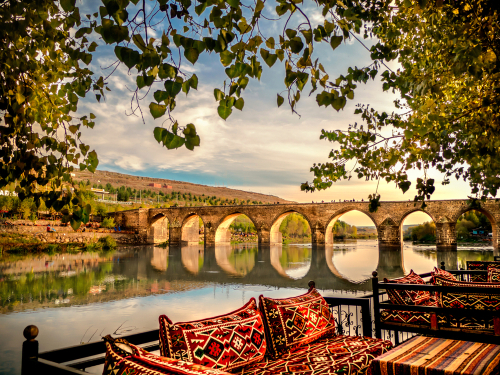


The city walls were built in the ancient Roman period.Only the city walls and gates are registered, and the mosques and other buildings in the old town are not registered.And Hevsel Garden, which stretches to the southeast of the city walls, is called a “garden” but is now farmland. The fertile land created by the Tigris River, Hevsel Garden has supported the lives of city dwellers, including crops and water.This integration of city and farmland was recognized as a cultural landscape.
The main registered properties area
Walls of Diyarbakır
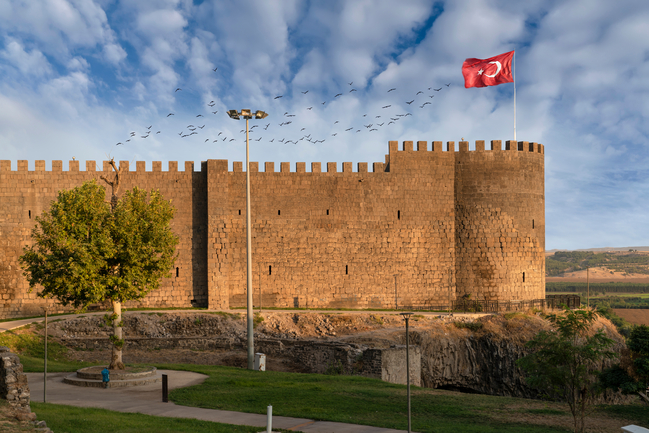


There are two types of walls, the inner castle in the northeast and the outer castle that surrounds the entire city.It was built during the Roman period and has been restored many times. In total, it is about 5.8 km long, with 63 inscriptions on its walls and 82 towers.
Hevsel Garden
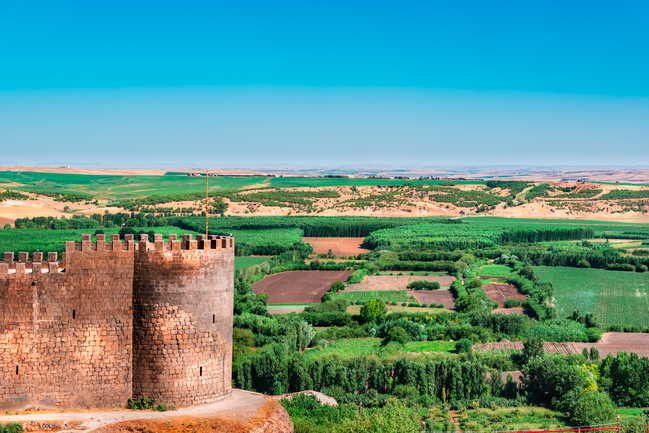


The garden stretches to the southeast of the city walls. Located between Diyarbakır and the Tigris River, it is a farmland, which has been used as a food supply area or a mulberry field, and has been created differently in different periods. Although it is called a garden, it is more like “farmland” as it covers approximately 400 hectares.
Dicle Bridge
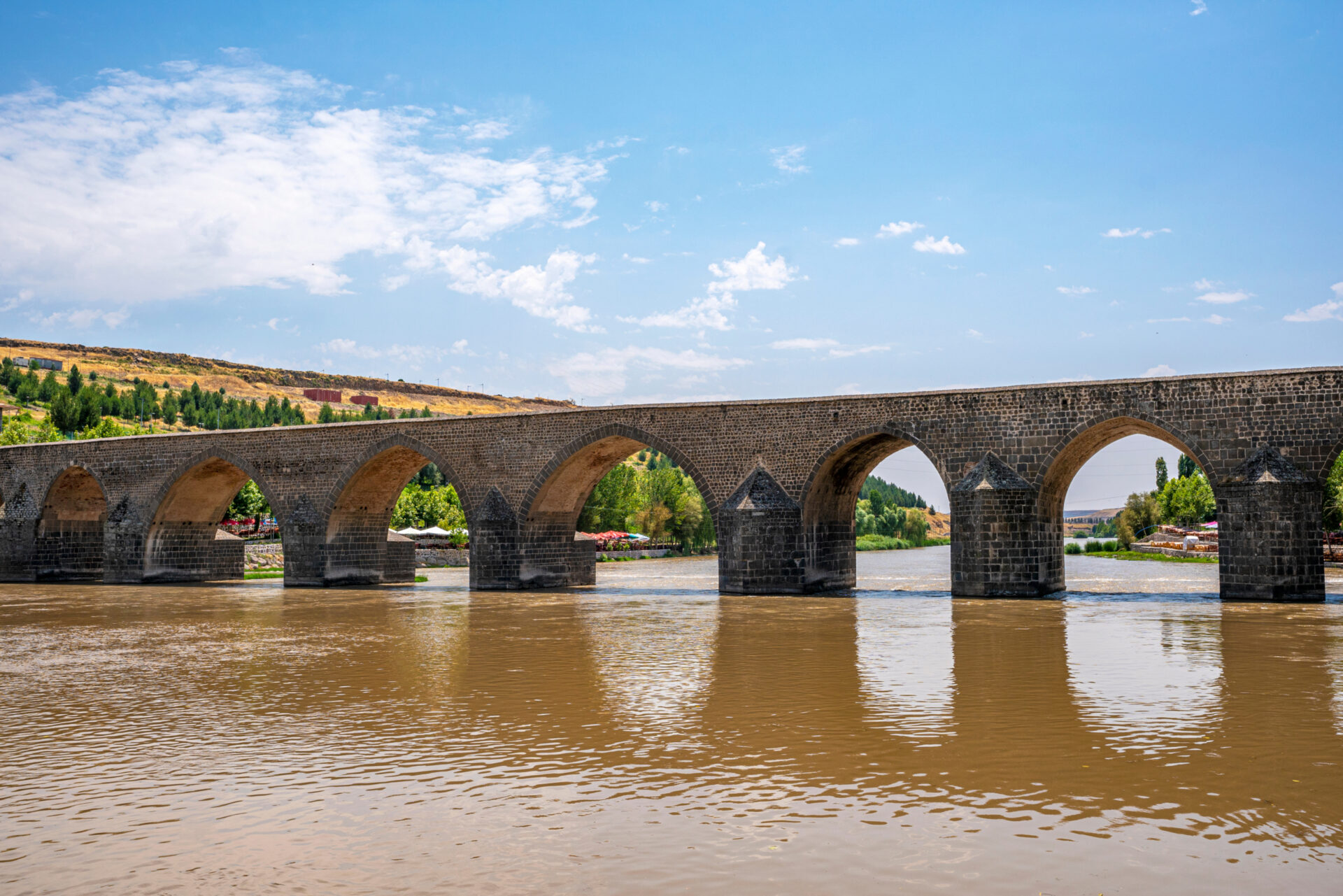


Located south of Hevsel Gardens, this huge bridge spans the Tigris River. It was constructed around the 11th century and has 10 arches.
For what reason is the Cultural Landscape of Diyarbakır Citadel and Hevsel Gardens on the World Heritage List?



The Diyarbakır Citadel and Hevsel Gardens were evaluated for the following
Registration Criteria (iv)
The walls of Diyarbakır and the Hevsel Gardens are a unique landscape in the world, and it is this landscape, which has remained from Roman times to the present, that is historically important.
Conclusions and Impressions of a World Heritage Maniac
This is a bit of a confusing World Heritage Site, but as a cultural landscape, the city walls and gardens themselves tell the story of the importance of the city of Diyarbakır.
Incidentally, there is also a mosque called Ulu Camii, built in the 11th century, within the city walls, but it is not registered. This is because “the history of the relationship between the city and the nature” is important, not because the history is old and therefore wonderful….This is an example of what tends to happen with World Heritage sites these days.
*The content here is a discussion derived from research conducted by World Heritage enthusiasts. As for the data, interpretation differs depending on the media.
